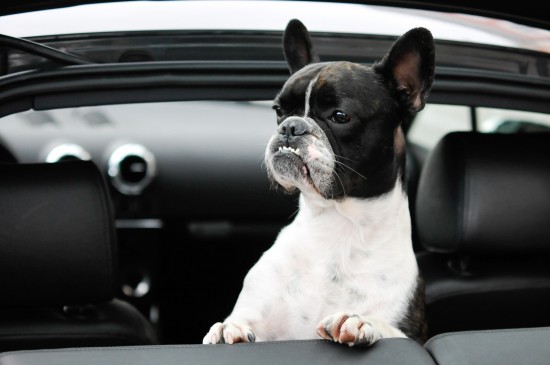

If your dog has been diagnosed with diabetes, this means that the life of both you and your dog will need to undergo some changes in order to keep the condition under control and allow the dog to retain a good quality of life.
During the initial stages after diagnosis and the start of a medication and lifestyle regime, this can prove to be rather a lot to take in for the dog owner, and the amount of things that they will need to be aware of and take care of can be rather numerous. One thing that many owners of diabetics do to make life simpler for themselves and to allow them to be prepared at all times where their dog is concerned is to make up a supply kit that always stays with or near the dog, on hand if it is needed.
Your vet can help you to work out what should be contained in this kit and how to fine tune it to suit the needs of your own dog, but in this article we will cover the basics of what should go into a supply kit for the diabetic dog, and how this should be managed. Read on to learn more.
Your dog’s insulin supplies are the obvious things that should be in their kit, but there are several other things that should go into your kit too.
Finding a suitable container to carry everything is a good start, and this should if possible incorporate a chiller bag that can be used with ice packs to provide refrigeration for insulin when on the move.
Some of the main elements that should make up you r kit include:
A cooler bag should be sufficient to chill your dog’s insulin for a few hours at a time when on the move, but if you are planning a long car journey or holiday away with your dog, you may wish to invest in a small 12v fridge or cooler box that can be powered by the 12v socket in your car.
You should also find the details of a local vet in the area that you are travelling to, and keep their number to hand in case of any emergencies.
It is a good idea to have your dog’s collar or collar tag marked up with a medi-alert for their condition, including contact details for both yourself and the vet that manages their condition.
A supply of the appropriate food for your diabetic dog is also important when you are on the move, and you should always stock up in advance of travelling, to be sure that you don’t get caught out away from home without enough food, and no local stores that can supply more.
If you ever need to leave your dog in a boarding kennels or have a sitter come in to take care of your dog, you should choose carefully to find a person that is experienced in the care and monitoring of a diabetic dog, and that you can trust with their care. Some smaller dogs may even be able to board short term in the veterinary clinic that manages their treatment, although this is not always an option.
Your kit should be kept where your dog is at all times, and anyone that is caring for your dog should familiarise themselves with the kit, what it contains, and how to use it. You should also make arrangements with the carer for what they should do if they have concerns about your dog’s condition while you are away; for instance, if they should contact your vet directly, or get in touch with you for advice on how to proceed first.
 The Ten Most Commonly Stolen Dog Breeds
The Ten Most Commonly Stolen Dog Breeds
 Treatment Options For A Dog With Cirrhosis
Treatment Options For A Dog With Cirrhosis
 What Happens When Your Puppy Begins To Get Their Adult Teeth?
What Happens When Your Puppy Begins To Get Their Adult Teeth?
 Ten Important Rules To Follow When Travelling With Your Dog
Ten Important Rules To Follow When Travelling With Your Dog
 Dog Aggression Towards Unfamiliar Dogs
Dog Aggression Towards Unfamiliar Dogs
 Up Scale Dog Boarding Facilities are the Perfect Solution
Up Scale Dog Boarding Facilities are the Perfect Solution
 My Bones And Biscuits, Favorite Dog Treat Recipe
My blog topics are varied and I tend you be opinioned, e
My Bones And Biscuits, Favorite Dog Treat Recipe
My blog topics are varied and I tend you be opinioned, e
 We All Fear Cancer Because We Know It Is A Killer
Slow or fast cancer in cats and dogs is for
We All Fear Cancer Because We Know It Is A Killer
Slow or fast cancer in cats and dogs is for
 Keeping Green Iguanas Successfully
Keeping Green Igu
Keeping Green Iguanas Successfully
Keeping Green Igu
 How To Recognise That A Hen Might Be Egg Bound
How To Recognise
How To Recognise That A Hen Might Be Egg Bound
How To Recognise
 The Karlton Index - Measuring The Health Of Pedigree Dogs
The Karlton Index
The Karlton Index - Measuring The Health Of Pedigree Dogs
The Karlton Index
Copyright © 2005-2016 Pet Information All Rights Reserved
Contact us: www162date@outlook.com